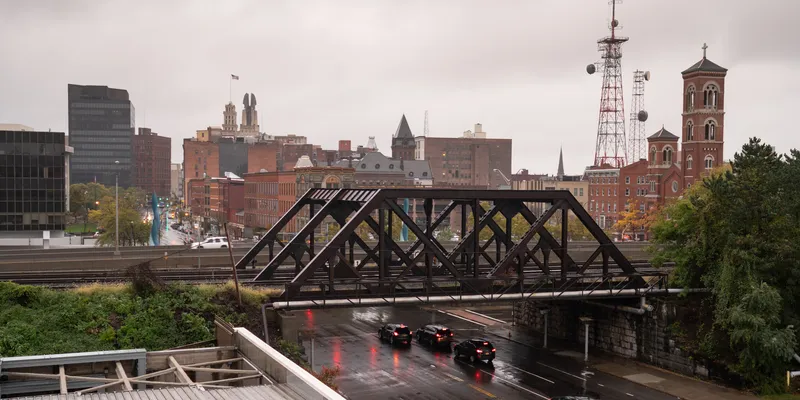
Kapsch TrafficCom has won bids to operate two traffic management centres (TMCs) for New York State Department of Transportation.
The contracts - in the cities of Rochester and Hornell - include a three-year base period with two one-year options, for a total of five years; as a result, the firm says it has brought on a number of new team members - 17 in Rochester and six in Hornell.
Kapsch now operates seven TMCs across the US, including two in Missouri, two in California, and one in Texas.
“Covering 12 New York counties, our Rochester and Hornell TMCs support essential transportation services around the clock," says JB Kendrick, president of Kapsch TrafficCom North America.
"After having previously managed the Rochester TMC, supporting this contract again is a testament to the quality our teams consistently deliver."
The TMCs monitor highways, alerting authorities and motorists about hazards, workzones and crashes.
CCTV and variable message signs record incidents in the advanced traffic management system to generate reports on roadway conditions.
Kapsch says TMC staff work closely with New York's various DoTs, bridge and tunnel authorities, emergency responders and police to provide traffic management services.










